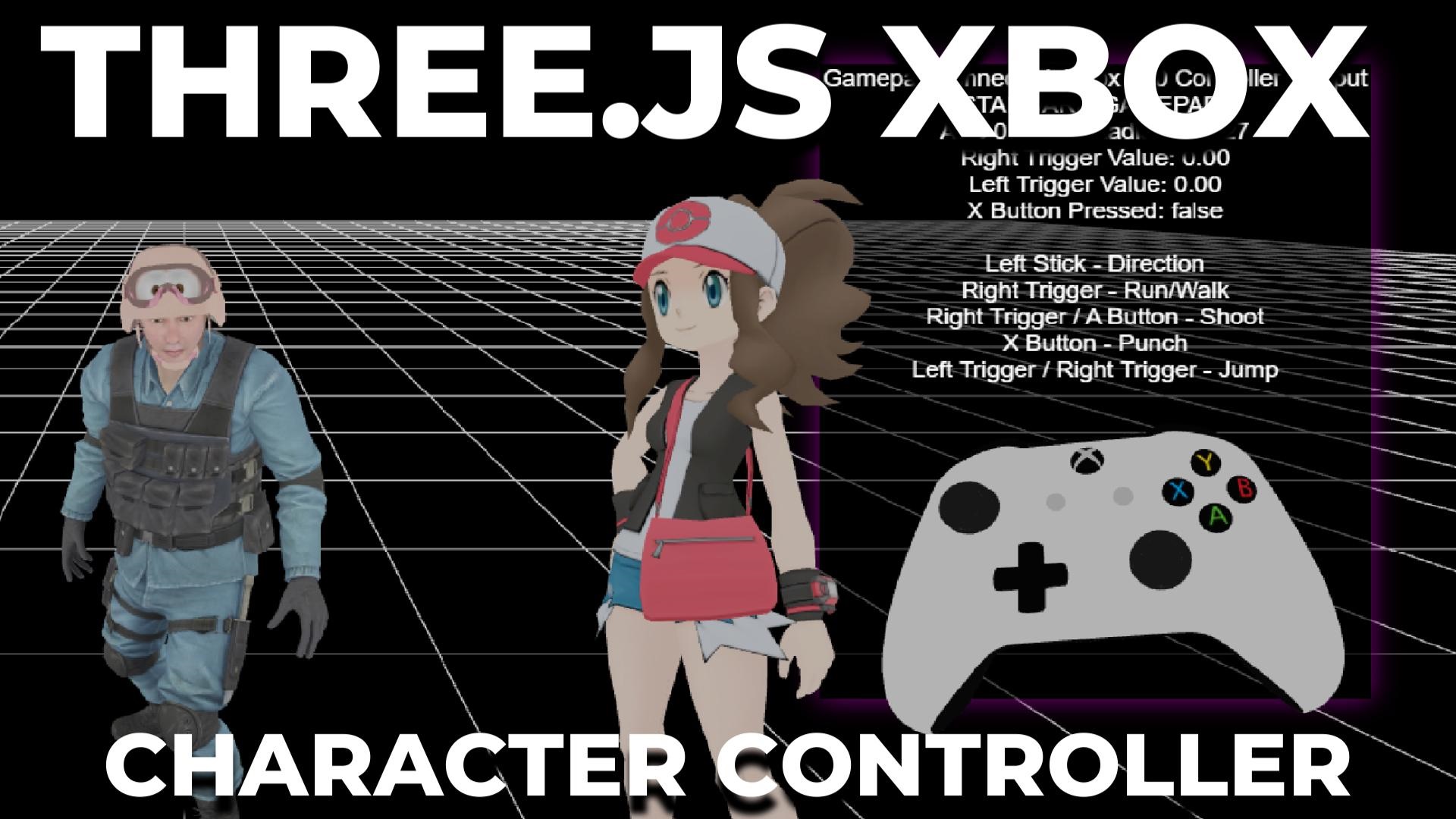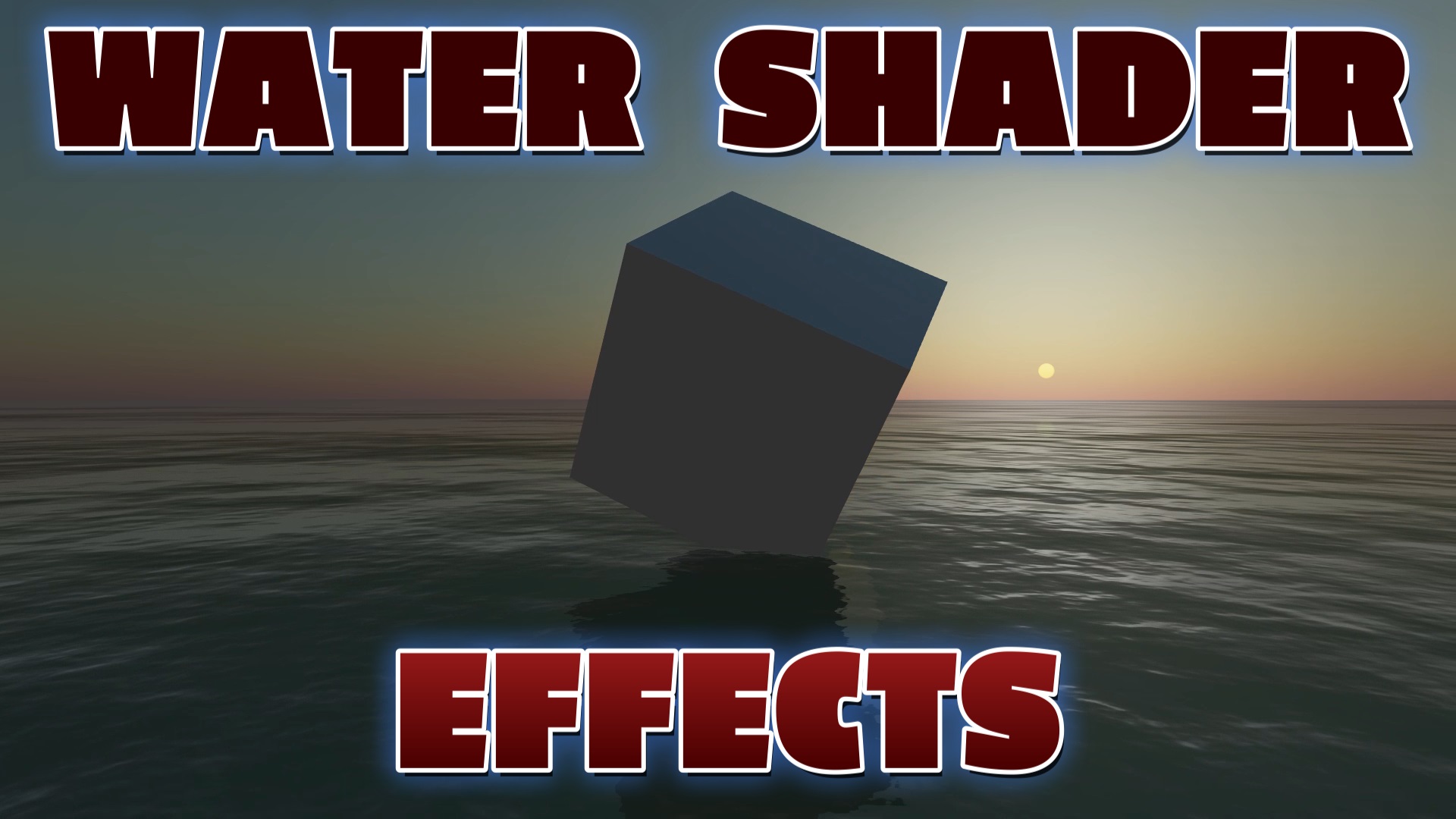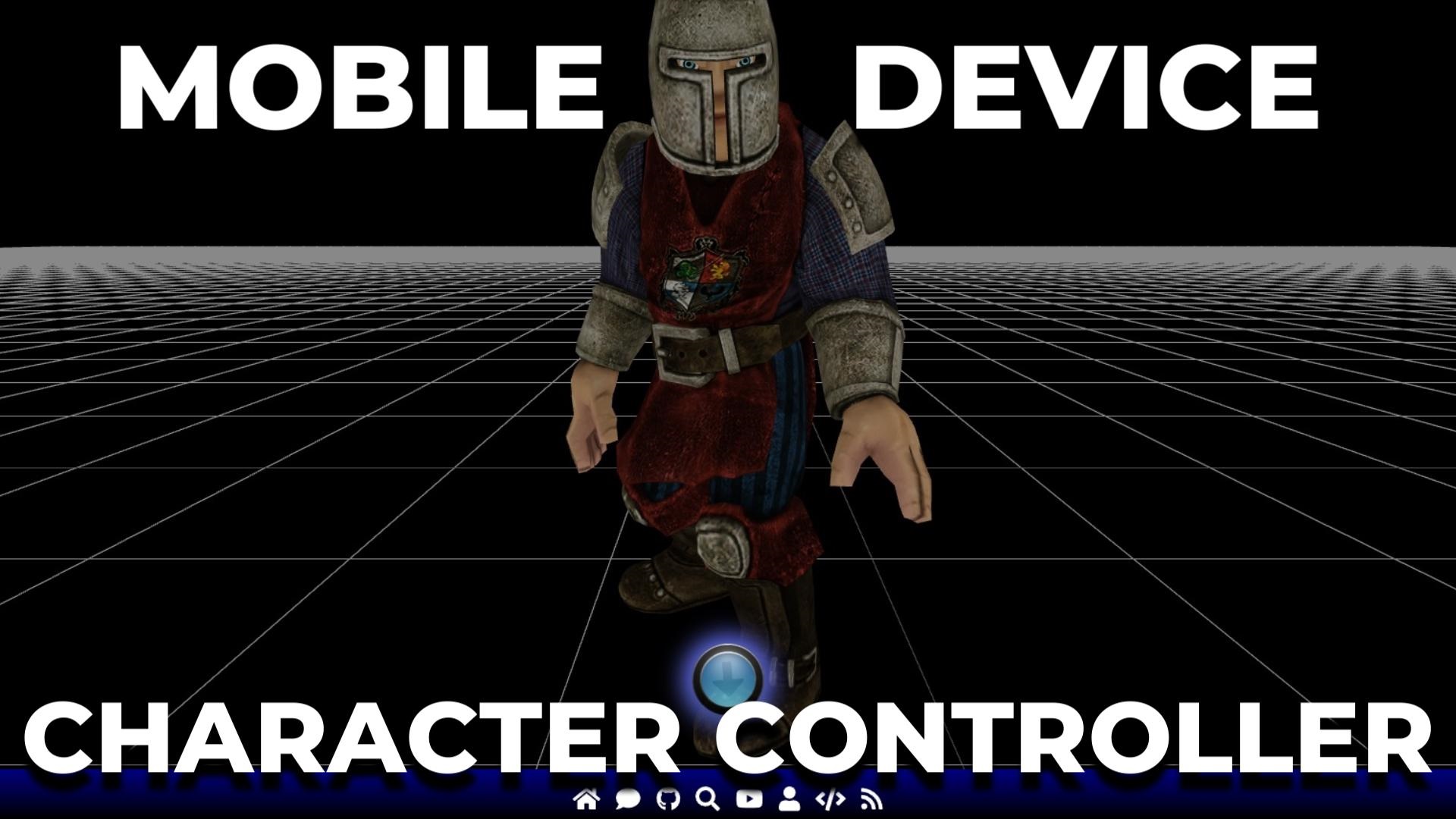What is Three.js?
Published Date
Three.js is a remarkable JavaScript library that simplifies the creation and display of 3D graphics within web browsers. Developed by Ricardo Cabello, also known as Mr.doob, Three.js has emerged as a go-to solution for web developers seeking to incorporate immersive 3D experiences into their projects. At its core, Three.js abstracts away the complexities of WebGL, the standard JavaScript API for rendering 3D graphics in the browser, making it accessible to a broader audience of developers.
Features and Capabilities
Three.js offers a plethora of features and capabilities that empower developers to build sophisticated 3D applications with ease. Its high-level API provides abstractions for creating and manipulating 3D scenes, handling camera perspectives, lights, materials, textures, animations, and more. With Three.js, developers can seamlessly integrate 3D models and animations into their web applications, enhancing user engagement and interactivity.
One of the key strengths of Three.js is its extensive documentation and vibrant community. The official documentation provides comprehensive guides, tutorials, and examples that help developers get started with Three.js and explore its features in depth. Additionally, the community-driven nature of Three.js ensures that developers have access to a wealth of resources, including forums, online communities, and open-source contributions.

Importance in Web Development
The rise of Three.js has transformed the landscape of web development, opening up new possibilities for creating immersive and interactive web experiences. Traditionally, building 3D applications for the web required specialized knowledge of graphics programming and a deep understanding of low-level APIs like WebGL. However, Three.js abstracts away these complexities, allowing developers to focus on creativity and innovation.
Enhancing Web Experiences with Three.js
-
Immersive User Experience
One of the primary advantages of incorporating Three.js into websites is the ability to provide users with immersive experiences. By leveraging WebGL and JavaScript, developers can create interactive 3D environments that captivate users and encourage exploration. Whether it's a virtual tour of a museum, an interactive game, or a simulated environment, Three.js enables websites to transport users to new worlds.
-
Product Visualization
Three.js excels at creating realistic product visualizations that allow customers to interact with products in ways that were previously impossible. E-commerce websites can use Three.js to display products from every angle, enabling customers to inspect details and make informed purchasing decisions. For example, a furniture retailer can showcase their products in a virtual showroom, allowing customers to visualize how items would look in their homes before making a purchase.

-
Architectural Visualization
Architects and designers have long relied on static renderings and blueprints to communicate their vision to clients. However, Three.js has changed the game by enabling the creation of interactive architectural visualizations. Clients can now explore virtual buildings and spaces in real-time, gaining a deeper understanding of the design and functionality. This level of interactivity fosters better communication and collaboration between architects, designers, and clients, ultimately leading to more successful projects.
-
Educational and Training Applications
Three.js is not limited to entertainment and marketing; it also has significant potential in education and training. Educational websites can leverage Three.js to create interactive simulations, virtual laboratories, and training modules that enhance learning experiences. For example, a biology website could offer a virtual dissection simulator, allowing students to explore anatomy in a hands-on, immersive way. Similarly, corporate training programs can use Three.js to simulate real-world scenarios and provide employees with practical, interactive learning experiences.
-
Data Visualization
With the increasing volume and complexity of data in today's world, effective data visualization is essential for making sense of information and gaining valuable insights. Three.js provides a powerful platform for visualizing data in innovative and interactive ways. Whether it's a network graph, a geographic heatmap, or a time-series chart, Three.js enables developers to create dynamic visualizations that engage users and facilitate understanding.
-
Conclusion
In conclusion, Three.js is a versatile and powerful tool that is transforming web development and user experiences. From immersive 3D environments to realistic product visualizations, architectural showcases, educational simulations, and advanced data visualizations, the possibilities are endless. By harnessing the capabilities of Three.js, developers can create websites that not only inform and entertain but also inspire and engage users in new and exciting ways.
Recent Blog Posts & Updates
- Date - - Threejs
- Date - - Using Threejs To Develop Online 3D Browser Games
- Date - - Using Threejs Pointer Lock Controls For Online 3D Games
- Date - - The Advantages Of Creating 3D Interactive Menus And Websites Using Threejs
- Date - - Threejs Examples Exploring Interactive Visual Particle Systems
- Subscribe To My RSS Feed For Live Updates
- More Examples and Tutorials


